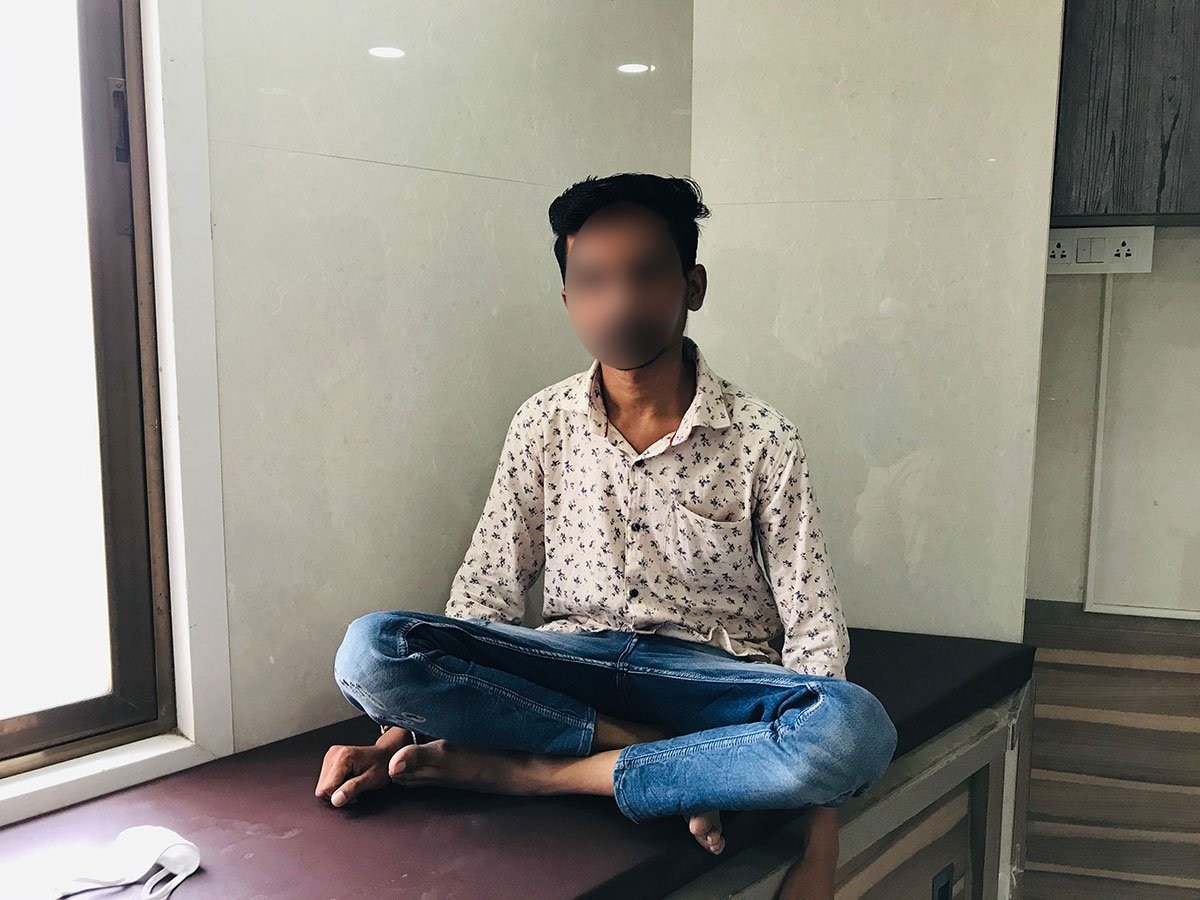
Total Hip Replacement Surgery
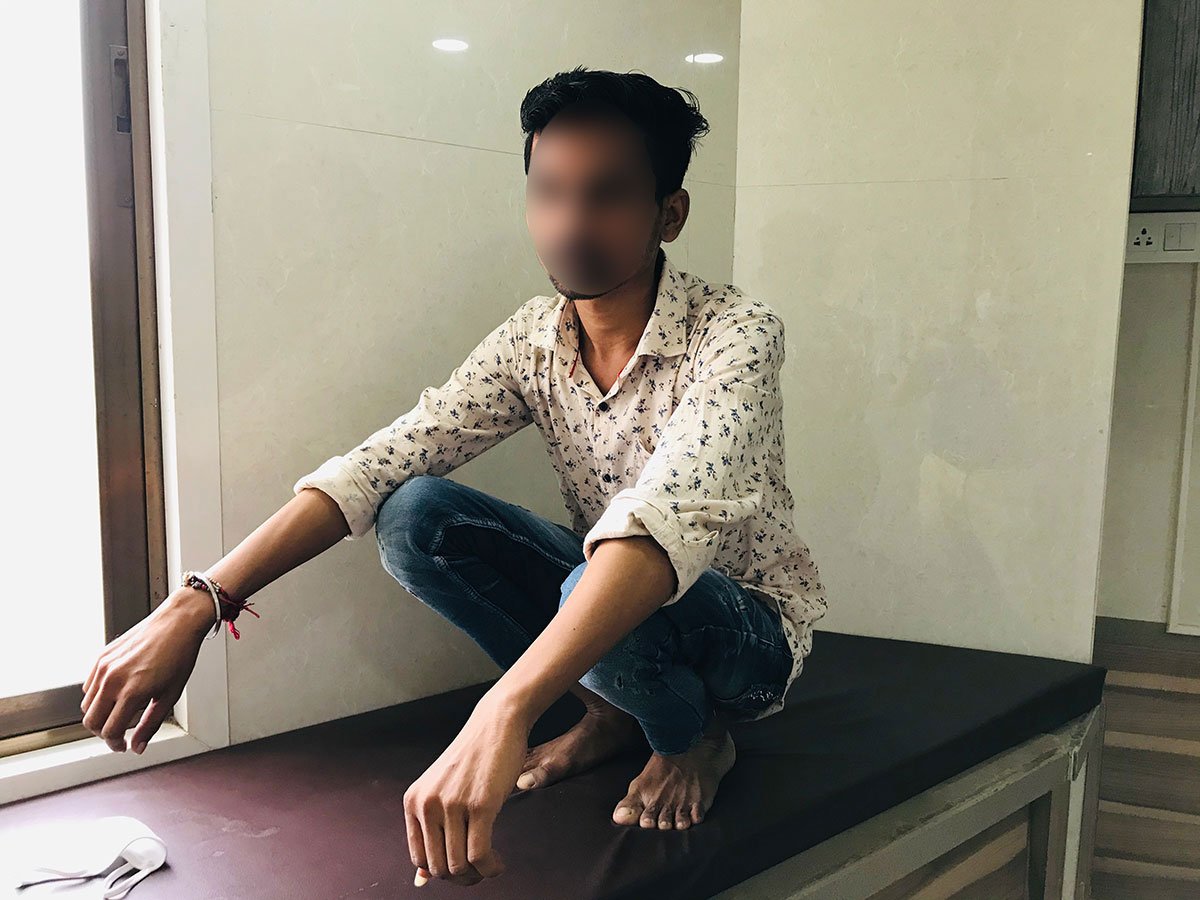
Hip Replacement Surgery

Total Hip Replacement Surgery
The hip joint is formed by the thigh bone (femur HEAD) and the pelvis (acetabulum). The joint surface is covered by a smooth articular cartilage which acts as a cushion and enables smooth movements of the joint.
Total hip replacement is a surgical procedure in which the damaged cartilage and bone (FEMORAL HEAD AND ACETABULAR CUP) is removed from the hip joint and replaced with artificial components.
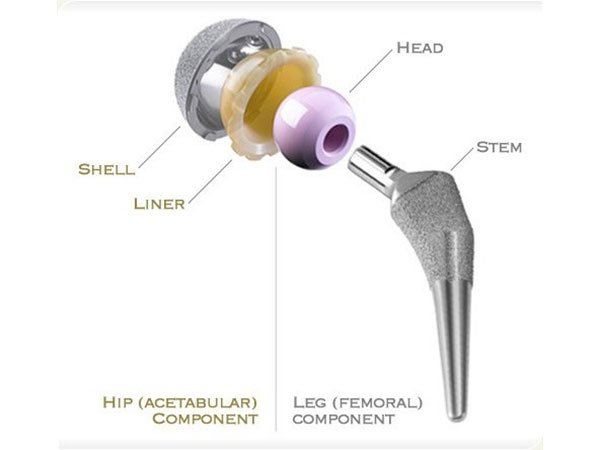
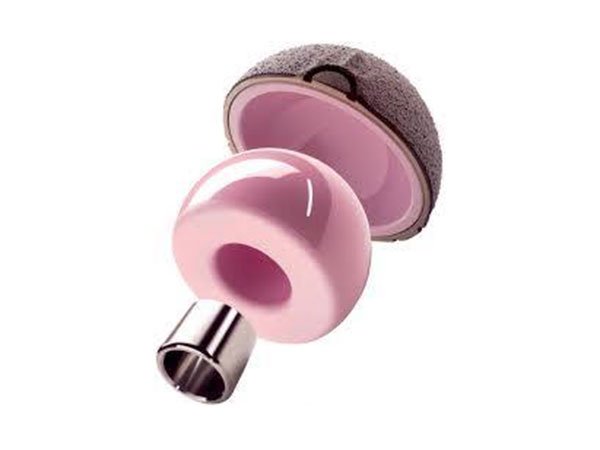
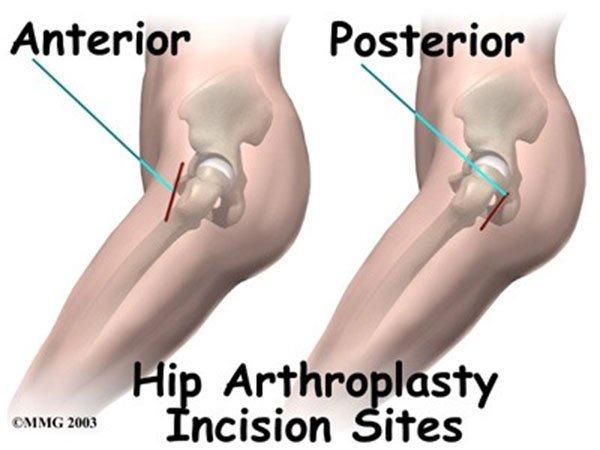
What is Hip Arthritis?
Arthritis is inflammation of the joints resulting in pain, swelling, stiffness and limited movement. Hip arthritis is a common cause of chronic hip pain and disability.
The bone ends in a joint, such as the hip or knee, are covered with a smooth glistening material called cartilage. This material cushions the underlying bone from excessive force or pressure and allows the joint to move easily without pain.
The most common causes that affect the hip are:
- Osteoarthritis: It is characterised by progressive wearing away of the cartilage of the joint. As the protective cartilage wears down, the bone ends rub against each other and cause pain in the hip.
- Rheumatoid arthritis: This is an autoimmune disease in which the tissue lining the joint (synovium) becomes inflamed, resulting in the production of excessive joint fluid (synovial fluid). This leads to loss of cartilage causing pain and stiffness.
- Traumatic arthritis: This is a type of arthritis resulting from a hip injury or fracture. Such injuries can damage the cartilage and cause hip pain and stiffness over a period of time.
- Avascular Necrosis (AVN) is when the blood supply to the ball of the hip joint is lost, for one of many reasons, and can result in death of the bone with collapse of the hip joint causing severe pain and limp.
A painful stiff hip can keep you away from doing simple things in life, like- DIFFICULTY IN WALKING, DIFFICULTY IN CROSS LEG SITTING, DIFFICULTY IN SQUATTING
There is currently no medical cure for arthritis. All non-operative therapies aim to manage the disease and relieve symptoms. Joint replacement surgery is the only real cure for arthritis.
Total hip replacement is a safe, effective and reliable operation that can relieve your hip pain and return you to most of the activities that you enjoy. In this operation, your arthritic painful hip is replaced with an artificial device or “prosthesis”. Nowadays there are long lasting prosthesis available.
What Medications Should I Stop Before Operation?
Many tablets can cause excessive bleeding at operation so it is essential to cease taking the medication well before hand. STOP THE FOLLOWING 5 DAYS PRIOR TO ADMISSION: ANTICOAGULANTS Clopidogrel/Warfarin/Coumarin cease 5 days pre-op.
What type of Hip Replacement are there, and which one is best for me?
Your hip is a ball-and-socket joint where the thigh bone articulates with the pelvic bone. Your hip prosthesis has the same basic parts as your own hip joint. A ball, either metal or ceramic, is used to replace the worn ball of the thigh bone, with a stem inserted into the tube of the bone to anchor the prosthesis to your femur. A socket, either cemented plastic or press-fit titanium with a ceramic or plastic liner, is implanted into your worn socket in the pelvic bone.
Like a healthy hip, your prosthesis has smooth gliding surfaces that allow the joint to move easily without pain. The bearing surfaces are either metal or plastic, ceramic on plastic, or ceramic on ceramic. Each has advantages and disadvantages. Ceramic/ceramic is without doubt the superior bearing in terms of lasting, but is less forgiving and has to be implanted in perfect position.
Hard on hard bearings (metal/metal or ceramic/ceramic) became popular in the late 90’s. Unfortunately, metal/metal articulations have had an unacceptably high failure rate due to the production of metal wear particles in the hip and the bloodstream, so called “metallosis”. Many have been withdrawn from the market by the manufacturers, and patients re-operated.
Importantly, we have been using non-cemented prostheses routinely in ALL patients combined with hard on hard ceramic bearings.
The ceramic is virtually frictionless and wear studies suggest a life of about 25-30 years.
This means most THR’s done with this technology should last for life, a very exciting prospect!!
Your operation and hospital stay
Total hip replacement is a major operation. It involves admission to hospital, anaesthesia, rehabilitation and well defined risks.
The operation takes us about 90 minutes to perform. EVERY YEAR 200-300 TOTAL HIP REPLACEMENTS ARE PERFORMED AT OUR HOSPITAL. This represents a busy surgical practice AND RICH EXPERIENCE specialising in hip and knee replacement. Anaesthesia used is often a spinal block with sedation/general anaesthesia.
Your operation will be carried out in an orthopaedic operating theatre. Strict aseptic conditions will apply, Your arthritic hip is dislocated surgically and the ball of the femur removed and replaced with prosthesis. Special care is taken to ensure the hip is stable and the length of the leg is the same as the other side if possible.
The hospital stay will be of 2-3 days where you will be allowed mostly to weight bear immediately next day of the surgery in presence of our well trained physiotherapist team.
Return to Activities / Sport?
Once you have undergone a THR, it is your implant for life and you need to look after it to get the longest life from your new joint. You should avoid impact, that is running and jumping, forever. Run in an emergency but not for exercise.
After about 3 months, you can do ALL other activities within reason, including walking, hiking, trekking, swimming, cycling etc.
Any activity that has a risk of falling, and therefore trauma to your new hip, should be avoided.
Your hip will continue to improve and feel more normal over at least 12 months or longer depending on age, bone quality and soft tissue condition.
Risk
As with any major surgical procedure, there are certain potential risks and complications involved with total hip replacement surgery. The possible complications after total hip replacement include:
- Infection
- Dislocation
- Fracture of the femur or pelvis
- Injury to nerves or blood vessels
- Formation of blood clots in the leg veins
- Leg length inequality
- Hip prosthesis may wear out
- Failure to relieve pain
- Scar formation
- Pressure sores
